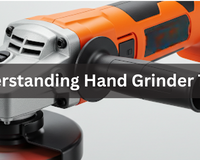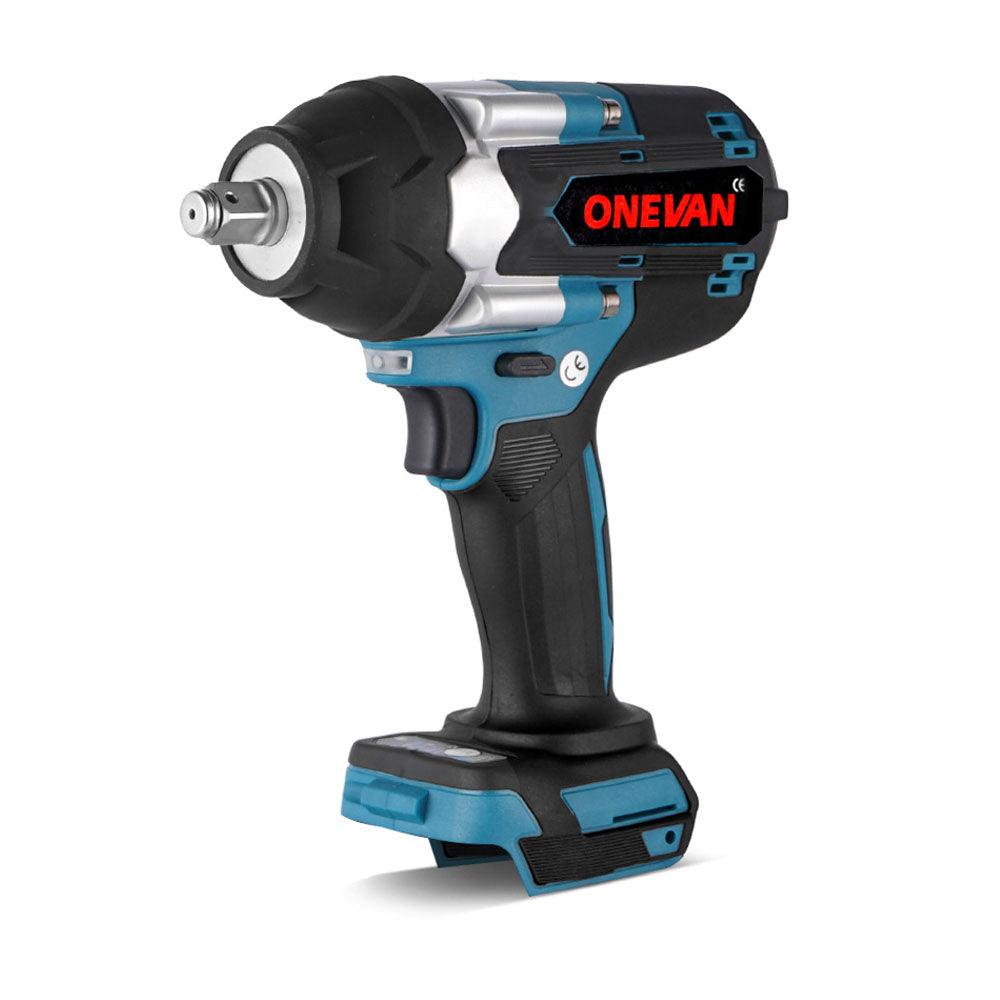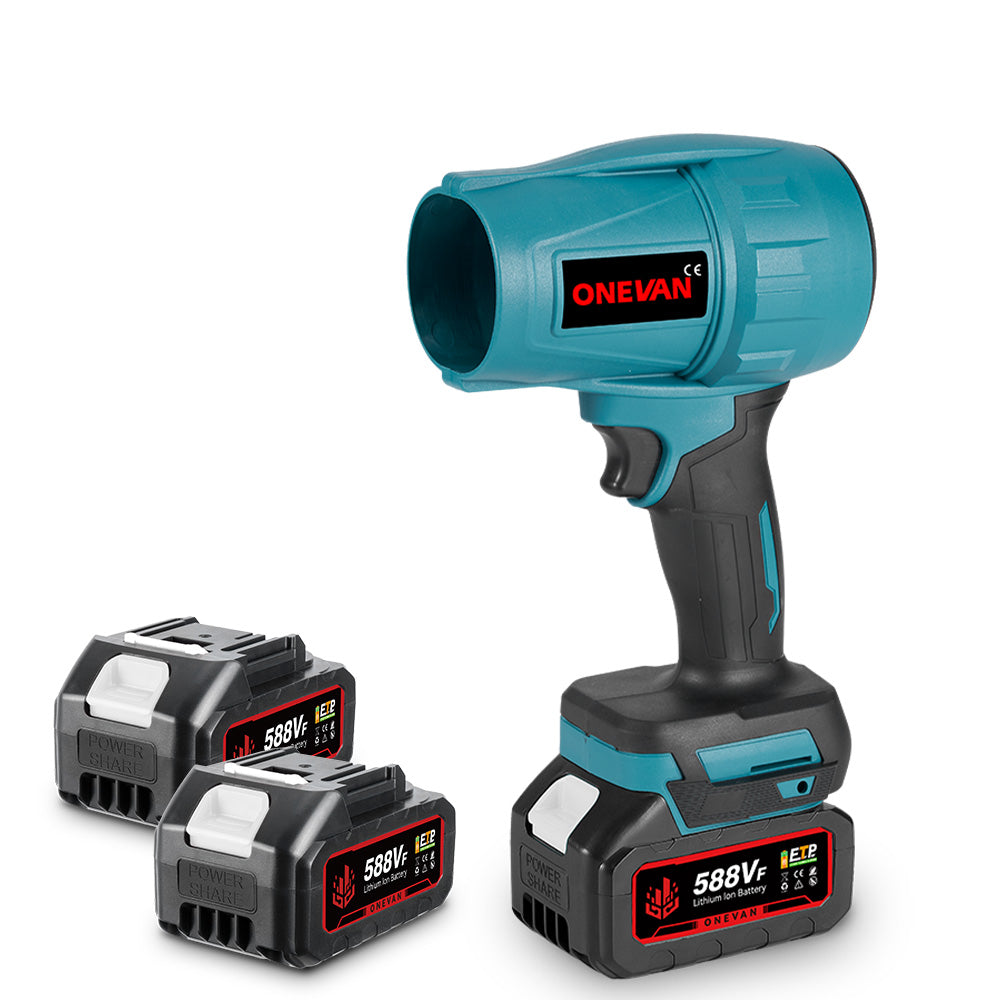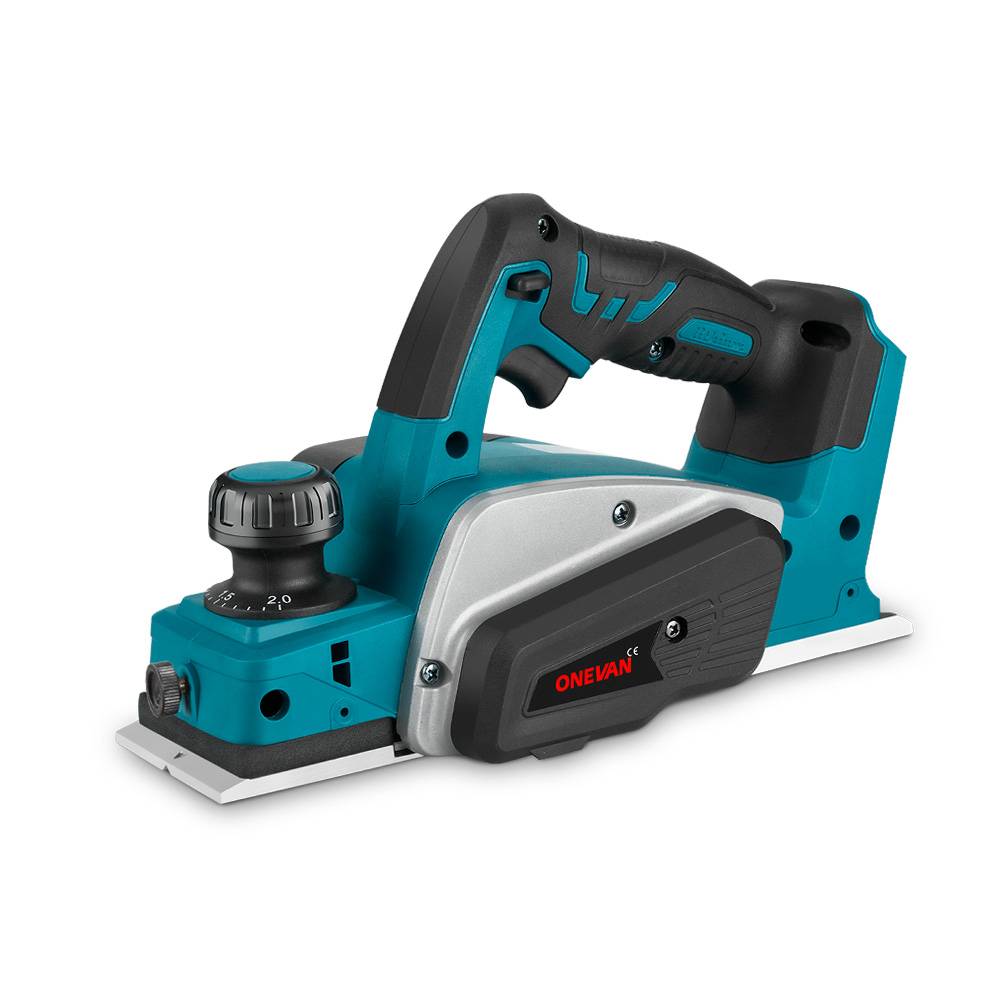Can I cut the drywall with a circular saw? You can incorporate a circular saw for cutting drywall. It's especially useful for long, straight cuts. However, for this purpose, use a fine-tooth plywood blade. This will help reduce chipping and create a cleaner cut. Moreover, adjust the depth of your circular saw's blade. Additional steps are outlined in the content below.
So, if you are confused about it, can you cut drywall with a circular saw? Indeed, this is a very impactful tool that shares significant advantages over traditional methods.
1. Can You Cut Drywall with a Circular Saw?
Yes, you can cut drywall with a circular saw effectively. This method provides speed and accuracy, typically surpassing many traditional cutting tools, especially for large and straight cuts. But your success depends on good technique, the right blade, and safety steps.
Advantages of Using a Circular Saw for Drywall
Fast and Efficient
A circular saw cuts through drywall much faster than utility knives. This is especially true for thick sheets. This speed advantage is crucial because it enables the handling of large projects or meeting tight deadlines. You will find that professional contractors often prefer this method for production cutting.
Straight and Clean Cuts
The guided cutting action produces remarkably straight edges with minimal cleanup required. You can also achieve beveled cuts for specialty applications, such as creating angled joints or fitting drywall around corners. To make beveled cuts, adjust the angle of your circular saw's base plate accordingly. This precision eliminates the need for extensive sanding along cut edges.
Versatile
Circular saws handle many cut types. For instance, this includes straight cuts, beveled edges, and partial cuts. Moreover, they also work on both rough framing cuts and finish work. Ultimately, this versatility makes them ideal for complex installations. It helps when you need custom fits.
Necessary Precautions and Tips When Using a Circular Saw for Drywall
Use the Right Blade
You should install a fine-tooth carbide blade specifically designed for drywall cutting. Choose blades with 40-60 teeth for the smoothest cuts, such as the Freud D0760A and DeWalt DW3128P5. Avoid using standard wood-cutting blades, as they typically create rough, chipped edges and excessive dust. However, specialized blades designed for both wood and drywall may also be suitable. Avoid masonry blades entirely, as they'll tear through drywall messily.
Set the Depth Correctly
You must adjust the blade depth. It should extend just 1/8 to 1/4 inch beyond the drywall thickness. For standard 1/2-inch drywall, the best setting is to set your blade to 3/4 inch deep. For 5/8-inch fire-rated drywall, adjust to 7/8-inch.
Furthermore, this prevents damage to surfaces underneath, such as flooring or electrical components, and ensures a complete cut through the drywall, which is essential for a clean installation.
You should check depth settings before each cut, especially when switching between different drywall thicknesses.
Support the Material
You need to ensure the drywall sheet is well-supported on both sides of the cut line. Use heavy-duty sawhorses rated for at least 1,000 pounds for optimal support. If using two 2x4 boards on sawhorses, ensure they are securely positioned and adequately supported to prevent sagging and instability during cutting.
Moreover, you should position supports no more than 16 inches from the cut line to prevent sagging. For large 4x12 sheets, use three support points. Unsupported sheets often crack along the gypsum core or break completely, wasting expensive materials and resources.
Safety Gear
You must always wear ANSI Z87.1-rated safety glasses and an N95 or P100 dust mask. Drywall cutting generates crystalline silica dust that can cause silicosis if inhaled over prolonged periods. 3M's 8511 respirator, which is N95-rated, provides effective protection against drywall dust and helps minimize respiratory irritation.
Furthermore, consider wearing hearing protection when using power tools, such as foam earplugs (32 NRR rating) or earmuffs, for extended cutting sessions.
Guidance and Marking
Use a straight edge or chalk line to mark the cuts. If you clamp a guide board along the cut line, you'll ensure perfectly straight results. Accurate marking prevents costly mistakes you might regret later. To ensure precision, consider using a straightedge for longer cuts and a chalk line for marking straight lines over larger areas.
Other Tools for Cutting Drywall
Utility Knife
The traditional choice for drywall cutting works well for straight cuts and scoring techniques. Not only are they quiet and create minimal dust, but utility knives also require no power source.
Jigsaw
Perfect for curved cuts and cutouts around electrical boxes. Alternatively, ONEVAN's cordless jigsaw is also suitable for cutting drywall. The ONEVAN jigsaw has adjustable bevel cuts and 3-position pendulum settings. This allows precise cutting for different materials. It offers tool-free blade changes and variable speed control.
Drywall Saw
Specialized hand saws designed specifically for drywall work. Additionally, these tools excel at making precise cutouts and detailed work in tight spaces.

2. What Types of Circular Saws Can Cut Drywall
Gas-Powered Circular Saws
The Description of Gas-Powered Circular Saws
Gas-powered circular saws deliver maximum power. They use internal combustion engines. Moreover, these robust tools operate without electricity. This makes them ideal for remote job sites.
Advantages of Cutting Drywall
Gas-powered saws can operate without electricity, making them suitable for remote job sites. Additionally, many gas-powered saws are designed to deliver high torque, which helps them effectively handle thicker drywall sheets. The cordless design also eliminates trip hazards associated with power cords.
Application for Cutting Drywall
Gas-powered circular saws are good for large commercial projects. These tools are good where electricity is not available. For example, their increased noise and exhaust fumes make them less suitable for indoor residential work.
Corded Circular Saws
The Description of Corded Circular Saws
Corded circular saws connect directly to electrical outlets, typically providing consistent power without the limitations of battery runtime. Much less do they suffer from runtime restrictions that affect cordless models.
Advantages of Cutting Drywall
Unlimited runtime eliminates battery concerns during extended cutting sessions. On the other hand, corded saws maintain consistent power output throughout the job, ensuring uniform cut quality.
Application for Cutting Drywall
Ideal for workshop environments with reliable electrical access. For production cutting, where multiple sheets require processing, these saws excel at repetitive tasks.
Cordless Circular Saws
The Description of Cordless Circular Saws
Cordless circular saws utilize rechargeable batteries for power, offering a balance of portability and cutting performance. For instance, modern lithium-ion batteries provide sufficient runtime for most drywall-cutting tasks.
Advantages of Cutting Drywall
Complete portability allows cutting in any location without power cord limitations. The absence of cords reduces workplace hazards and increases maneuverability around obstacles.
The ONEVAN 180mm Brushless Cordless Circular Saw is a prime example of this versatility. It is ideal for cutting solid wood, PVC, MDF, plywood, stone, and ceramic tiles.
Application for Cutting Drywall
Perfect for residential remodeling, repair work, and situations requiring frequent position changes. The convenience factor makes cordless circular saws increasingly popular among contractors.
The ONEVAN 180mm 7-inch Brushless Cordless Circular Saw utilizes rechargeable batteries for power. You can enjoy portability with cutting performance. For instance, modern lithium-ion batteries provide enough runtime for several drywall-cutting tasks.
3. How to Cut Drywall with a Circular Saw
Preparation Before Cutting
Gather the Necessary Tools and Materials
You will need a few essential tools. This list contains a circular saw, measuring tape, straight edge, safety glasses, dust mask, and clamps. If you have everything ready, it prevents interruptions. This means you can cut without stopping.
Safety Precautions
Personal protective equipment will greatly assist you when cutting drywall. For instance, safety glasses can stop debris and dust from flying during work. Similarly, you can use a dust mask that stops you from breathing in gypsum particles. Prepare your workspace. Clear all obstacles. Make sure you have good ventilation.
How to Use a Gas-Powered Circular Saw to Cut Drywall
Step-by-Step Guide to Cutting Drywall with a Gas-Powered Circular Saw
1. The first step is to start the engine and allow proper warm-up according to manufacturer specifications
2. Mark your cut line using a straightedge and pencil
3. Position the drywall on stable supports with the cut line overhanging
4. Similarly, Align the blade with your marked line before starting the cut
5. Apply steady, even pressure while maintaining a consistent cutting speed
6. Finally, Let the blade do the work without forcing the tool through the material
Tips for Smooth Cuts with a Gas-Powered Circular Saw
Whenever possible, work outdoors to avoid exposure to exhaust fumes. If you must work indoors, ensure proper ventilation and consider using fume extraction systems to minimize exposure.
Maintain steady engine RPM throughout the cut for consistent results. Allow the blade to reach full speed before contacting the drywall.
How to Use a Corded Circular Saw to Cut Drywall
Step-by-Step Guide to Cutting Drywall with a Corded Circular Saw
1. Verify the power cord reaches your cutting area safely
2. Check that the blade is sharp and properly installed
3. Set the cutting depth to just beyond the drywall thickness
4. Secure your cutting guide if using one
5. Position the saw at the starting point with the blade clear of material
6. Start the saw. Allow it to reach full speed before beginning.
7. Guide the saw along your marked line. Use steady pressure.
Tips for Effective Cutting with a Corded Circular Saw
Keep the power cord away from the cutting area. This prevents accidents. Use extension cords. Make sure they are rated for the saw's amperage requirements. Maintain a consistent feed rate. This helps prevent blade binding.
How to Use a Cordless Circular Saw to Cut Drywall
Step-by-Step Guide to Cutting Drywall with a Cordless Circular Saw
1. Ensure the battery is fully charged for optimal performance.
2. Next, install the correct blade for cutting drywall.
3. Adjust the cutting depth to extend approximately 1/8 to 1/4 inch beyond the thickness of the drywall you are using for optimal cutting performance.
4. After that, mark your cut line. Secure any cutting guides.
5. Furthermore, position the saw. The blade should be clear of the drywall.
6. Squeeze the trigger. Wait for full blade speed.
7. Finally, guide the saw through the cut. Use steady, controlled movement.
Tips for Effective Cutting with a Cordless Circular Saw
Regularly monitor the battery charge levels throughout your work to ensure optimal performance. Professionals recommend keeping a spare battery charged for uninterrupted work, especially during larger projects that require longer cutting sessions, to avoid delays caused by a drained battery. It is also important to use the saw's built-in LED light when available for better cut-line visibility.
The ONEVAN 125mm Brushless Cordless Circular Saw is an excellent choice for cutting drywall due to its lightweight design. Its lightweight design allows for easy, one-handed operation. This reduces fatigue significantly.
4. Common Mistakes When Cutting Drywall
Using the Wrong Tools or Blades
Many people try to cut drywall with blades made for wood. This can cause rough cuts, generate a lot of dust, and even damage your tool. Always use blades with fine teeth specifically designed for drywall to achieve the best results. However, high-quality, multi-purpose blades that are suitable for both drywall and wood can also be used.
Not Marking or Measuring Accurately
Rushing through measuring and marking can lead to costly mistakes, such as incorrectly sized cuts that require additional material or time to fix. Take time to double-check measurements. Use quality marking tools. Remember the old saying: measure twice, cut once.
Applying Excessive Force or Unstable Handling
Forcing the saw through the material can lead to rough cuts, blade binding, and damage to the tool. Additionally, it increases the risk of kickback, which can compromise user safety. Allow the blade to do the work. Maintain steady, controlled pressure, as unstable handling will cause your cuts to wander.
Lack of Support or Proper Support
Drywall sheets without proper support can crack while cutting. This wastes material and creates safety risks. Always support both sides of the cut line. Use sawhorses and stable work surfaces.
Neglecting Safety Precautions
Always wear appropriate protective gear, such as safety glasses, a dust mask, and hearing protection, to avoid unnecessary risks from flying debris, inhalation of dust, and potential hearing damage from power tools.
Ignoring Angle or Depth Adjustments
Incorrect blade depth can damage the surfaces underneath and result in incomplete cuts. Wrong angles result in poorly fitting joints. Always verify these settings before each cut.
5. Conclusion
Can you use a circular saw to cut drywall? So, you have learned very practical and actionable steps to make straight cuts on a drywall. For example, you can choose cordless circular saws for their portability, corded models for consistent power, and even gas-powered units for use in remote locations. Proper technique ensures professional results, regardless of your choice. Success comes from preparation, proper blade selection, and a safety-conscious approach.
6. FAQs
How do I cut drywall without creating too much dust?
The best trick is hooking up your circular saw to a vacuum cleaner. Most newer saws have a dust port built in, such as the ONEVAN 125mm Brushless Cordless Saw. Connect a shop vac equipped with a HEPA filter to the dust port of your circular saw, if available, to significantly reduce dust during cutting. If your saw lacks a dust port, consider using a handheld vacuum nearby to catch dust as you cut. Also helps to crack open some windows or get a fan going.
What's the best way to cut curves in drywall?
You'll want a jigsaw for curves. Circular saws are great for straight cuts, but they can't handle curves worth a damn. Something like the ONEVAN cordless jigsaw will let you make smooth curves and cut around things like outlet boxes without much fuss.
How do I keep my cordless circular saw from overheating when cutting drywall?
Don't push it too hard - let the blade do its thing. Keep a steady pace instead of trying to rush through. When you overwork the motor, it heats up quickly. Ensure your blade is both sharp and clean. A dull blade makes everything work harder than it needs to. Brushless motors are worth considering since they run cooler and last longer.
Is it safe to cut drywall indoors with a cordless circular saw?
Cutting drywall indoors requires careful attention to safety precautions. Get some air moving with windows or fans. Wear an N95 or P100 mask - that gypsum dust isn't something you want in your lungs. Safety glasses are a no-brainer, too. Keep your work area clean to prevent tripping hazards.
What's the best way to deal with drywall dust?
Use a shop vac with a HEPA filter while you're cutting. When you're done, vacuum everything thoroughly. Don't sweep - that just kicks dust back into the air. Use damp rags to wipe down surfaces afterward. Bag up the dust and seal it before disposing of it. Keep that dust mask on during cleanup as well.
Can I use a circular saw in tight spaces?
A full-size circular saw can be a pain in cramped areas. You're better off with something more compact. The ONEVAN 150mm Brushless Cordless Saw is light enough to use one-handed, which makes a huge difference when you're working in tight spots.









